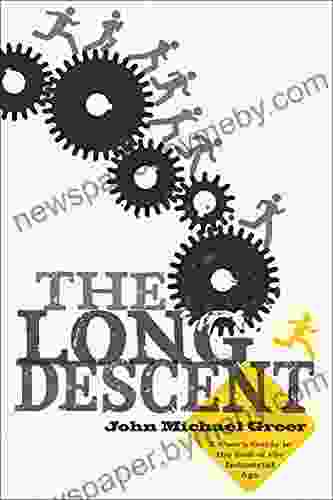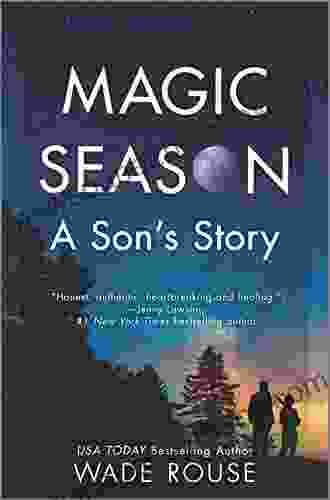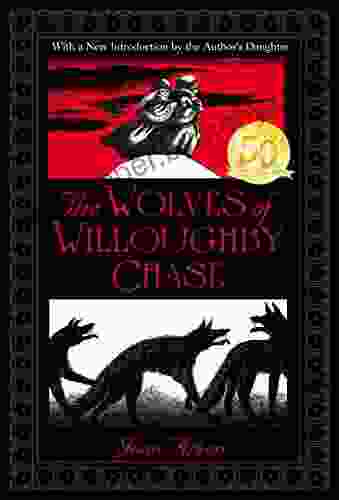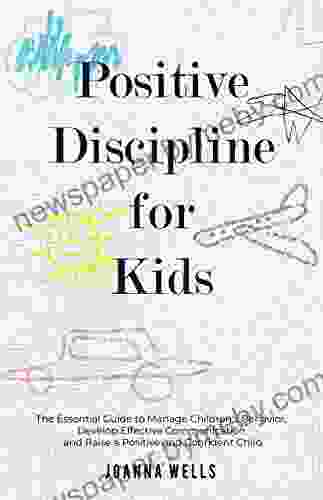Unveiling the Future: A Comprehensive Guide to Navigating the End of the Industrial Age


As the world stands on the cusp of a transformative era, marked by the waning dominance of the Industrial Age and the rise of a new technological frontier, it becomes imperative to equip ourselves with an understanding of the profound changes that lie ahead. "User Guide to the End of the Industrial Age" offers an invaluable roadmap to navigate this uncharted territory, unlocking the insights and strategies we need to thrive in the post-industrial landscape.
4.5 out of 5
| Language | : | English |
| File size | : | 1090 KB |
| Text-to-Speech | : | Enabled |
| Screen Reader | : | Supported |
| Enhanced typesetting | : | Enabled |
| Word Wise | : | Enabled |
| Print length | : | 273 pages |
| Lending | : | Enabled |
Chapter 1: The Twilight of the Industrial Era
This chapter traces the historical trajectory of the Industrial Age, its origins in the 18th century, its ascendancy as the driving force of economic and technological progress, and the challenges that ultimately sowed the seeds of its decline. By examining the factors that contributed to the rise and fall of industry, such as automation, globalization, and environmental concerns, we gain a deeper appreciation for the forces shaping the post-industrial world.
Chapter 2: The Dawn of the Digital Age
In contrast to the mechanical foundations of the Industrial Age, the Digital Age is characterized by the dominance of information and technology. This chapter explores the transformative power of the internet, the proliferation of digital devices, and the rise of data analytics. It sheds light on the profound impact of these technologies on various aspects of society, including communication, work, and the economy.
Chapter 3: The Impact on Labor and Employment
One of the most significant consequences of the transition from the Industrial Age to the Digital Age is its impact on labor and employment. This chapter examines the declining demand for manual labor, the rise of automation and artificial intelligence, and the emergence of new job roles that require skills in technology and creativity. By understanding these trends, individuals can proactively adapt their skill sets and stay relevant in the evolving workforce.
Chapter 4: The Role of Education and Skills Development
In the face of rapid technological advancements, education and skills development play a crucial role in preparing individuals for the challenges and opportunities of the post-industrial world. This chapter emphasizes the importance of lifelong learning, continuous upskilling, and a focus on developing transferable skills that remain valuable in a dynamic job market. It also explores the role of governments and educational institutions in fostering a culture of innovation and adaptability.
Chapter 5: The Future of Work and Entrepreneurship
The end of the Industrial Age brings with it a profound shift in the way we work and pursue entrepreneurial endeavors. This chapter examines the rise of remote work, platform-based employment, and the gig economy. It also discusses the challenges and opportunities facing small businesses and entrepreneurs in the evolving economic landscape. By understanding these trends, individuals can make informed decisions about their career paths and business strategies.
Chapter 6: The Impact on Society and the Economy
The transition from the Industrial Age to the Digital Age has far-reaching consequences for society and the economy as a whole. This chapter explores the potential for increased inequality, the rise of the knowledge economy, and the challenges of sustainable economic growth in a post-industrial world. It also examines the role of governments in promoting social equity, fostering innovation, and managing the transition to a new economic paradigm.
Chapter 7: The Ethical and Environmental Challenges
The rapid advancements of the Digital Age come with their own set of ethical and environmental challenges. This chapter discusses concerns such as data privacy, the impact of technology on mental health, and the environmental consequences of digital devices and infrastructure. By raising awareness of these issues, the guide encourages individuals and organizations to adopt responsible practices and advocate for ethical and sustainable policies.
Chapter 8: The Road Ahead: Embracing the Future
The concluding chapter of "User Guide to the End of the Industrial Age" offers a forward-looking perspective, emphasizing the importance of embracing the future with optimism and adaptability. It encourages readers to develop a resilient mindset, embrace life-long learning, and engage in active citizenship to shape the post-industrial world. By understanding the trends, challenges, and opportunities that lie ahead, we can navigate the turbulent waters of change and emerge stronger and more prepared on the other side.
"User Guide to the End of the Industrial Age" is an indispensable tool for understanding the profound transformations underway in the modern world. It provides a comprehensive overview of the forces shaping the post-industrial landscape, illuminating the challenges and opportunities that lie ahead. By equipping ourselves with knowledge and foresight, we can embrace the future with confidence, navigate its uncharted territories, and emerge as architects of a more sustainable, equitable, and prosperous society.
4.5 out of 5
| Language | : | English |
| File size | : | 1090 KB |
| Text-to-Speech | : | Enabled |
| Screen Reader | : | Supported |
| Enhanced typesetting | : | Enabled |
| Word Wise | : | Enabled |
| Print length | : | 273 pages |
| Lending | : | Enabled |
Do you want to contribute by writing guest posts on this blog?
Please contact us and send us a resume of previous articles that you have written.
 Book
Book Novel
Novel Page
Page Chapter
Chapter Text
Text Story
Story Genre
Genre Reader
Reader Library
Library Paperback
Paperback E-book
E-book Magazine
Magazine Newspaper
Newspaper Paragraph
Paragraph Sentence
Sentence Bookmark
Bookmark Shelf
Shelf Glossary
Glossary Bibliography
Bibliography Foreword
Foreword Preface
Preface Synopsis
Synopsis Annotation
Annotation Footnote
Footnote Manuscript
Manuscript Scroll
Scroll Codex
Codex Tome
Tome Bestseller
Bestseller Classics
Classics Library card
Library card Narrative
Narrative Biography
Biography Autobiography
Autobiography Memoir
Memoir Reference
Reference Encyclopedia
Encyclopedia Toni Ann Johnson
Toni Ann Johnson Shaughnessy Haynes
Shaughnessy Haynes Jing Liu
Jing Liu Joann Fletcher
Joann Fletcher Nancy Rubin Stuart
Nancy Rubin Stuart E D Baker
E D Baker Jim Endersby
Jim Endersby Paulette Bourgeois
Paulette Bourgeois Nick Mitchell
Nick Mitchell John L Havlin
John L Havlin Julia E Clements
Julia E Clements John A Beck
John A Beck John L Crassidis
John L Crassidis Simon Dixon
Simon Dixon John Grace
John Grace Mel Friedman
Mel Friedman John Cooper
John Cooper Marc Morris
Marc Morris Paul Dryburgh
Paul Dryburgh John Ketwig
John Ketwig
Light bulbAdvertise smarter! Our strategic ad space ensures maximum exposure. Reserve your spot today!
 Tennessee WilliamsFollow ·13.4k
Tennessee WilliamsFollow ·13.4k Fyodor DostoevskyFollow ·2.4k
Fyodor DostoevskyFollow ·2.4k Keith CoxFollow ·12.9k
Keith CoxFollow ·12.9k Jacob FosterFollow ·12.7k
Jacob FosterFollow ·12.7k Dwight BellFollow ·13.4k
Dwight BellFollow ·13.4k Langston HughesFollow ·18.8k
Langston HughesFollow ·18.8k Henry David ThoreauFollow ·5.8k
Henry David ThoreauFollow ·5.8k Rod WardFollow ·19k
Rod WardFollow ·19k
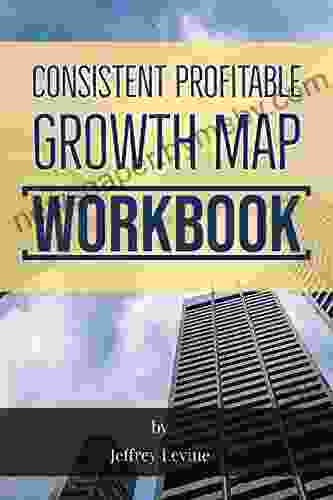
 Jermaine Powell
Jermaine PowellThe Ultimate Guide to Unlocking Consistent Profitable...
Introducing the 2nd Edition of the...
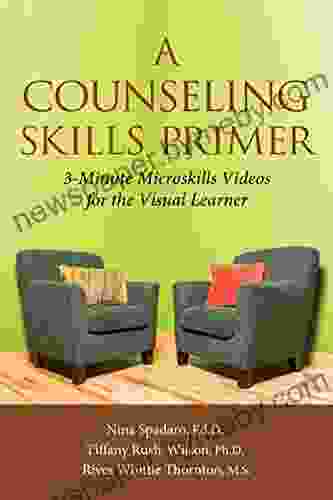
 Yasunari Kawabata
Yasunari KawabataMinute Microskills Videos: The Ultimate Guide for Visual...
Unlock Your Potential with Bite-Sized Video...
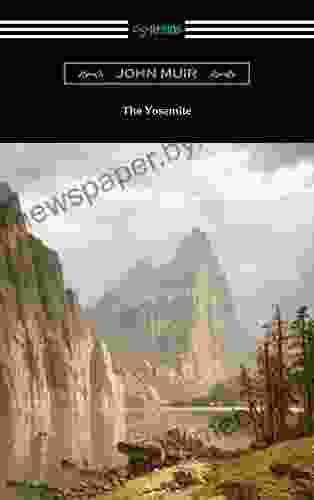
 Nathan Reed
Nathan ReedUnveiling the Wonders of Yosemite through John Muir's...
Immerse yourself in the breathtaking beauty...

 Gabriel Garcia Marquez
Gabriel Garcia MarquezWhen You Find Me Novel: A Gripping Mystery Unravels
In the sleepy...
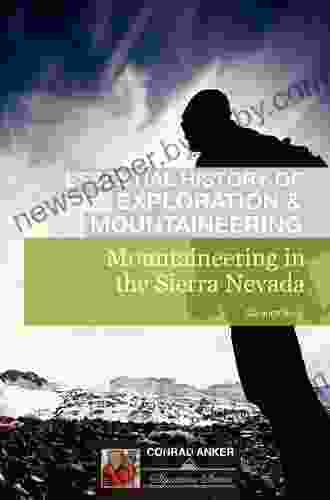
 Esteban Cox
Esteban CoxMountains of California: An Essential History of...
From the towering...

 Devin Ross
Devin RossComm Check: Unveiling the Heartbreaking Final Flight of...
Comm Check: The Final Flight of Shuttle...
4.5 out of 5
| Language | : | English |
| File size | : | 1090 KB |
| Text-to-Speech | : | Enabled |
| Screen Reader | : | Supported |
| Enhanced typesetting | : | Enabled |
| Word Wise | : | Enabled |
| Print length | : | 273 pages |
| Lending | : | Enabled |


